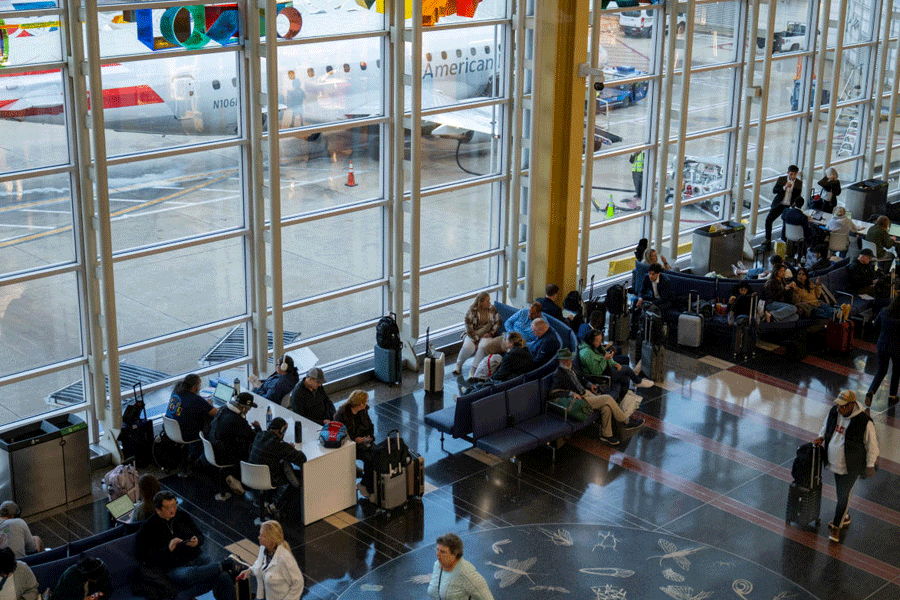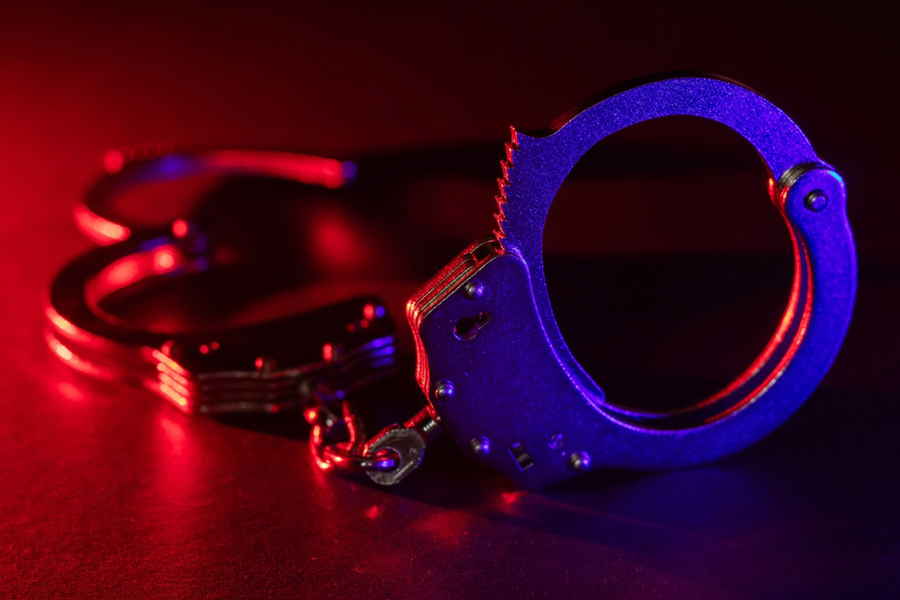 |
| Dombari Buru in Khunti district |
Ranchi, Dec. 16: The picturesque hills of Dombari Buru, which had turned red with blood when Birsa Munda led his legendary ulgulan (rebellion) against the British more than a century ago, will now get a sterling facelift, courtesy Archaeological Survey of India (ASI).
Some 50km from the state capital, Dombari Buru rises determinedly above Sail Rakab village in neighbouring Khunti district, close to Ulihatu — the birthplace of the tribal icon.
ASI has now decided to map a pathway, guarded by neatly meandering railings, up to the top of the hill, where Birsa and his men had danced for hours, celebrating the glory of their disom (country), flush with the confidence of victory in the winter of 1900.
N.G. Nikoshey, the superintending archaeologist of ASI’s Ranchi circle, said a corpus of Rs 10 lakh had been set aside for the heritage makeover.
“Besides carving out a route up the Dombari hills, we will also level the top so that tourists can visit the historical place. Currently, we are trying to rope in an agency to supply us with construction materials. Work will begin early next month,” he promised.
It is atop Dombari that Dharti Aba Birsa, on the Christmas-eve of 1899 before his famous rebellion, said: “There is going to be a fight with the Dikus (British). The ground will be as red as the red flag with their blood.”
Repelling sniper shots with only bows and arrows and boulders, Birsa, his lieutenant Gaya Munda and their men had fought 72 hours till the end that January. The British had not kept a body count.
“Bhagwan” Birsa’s belief that bullets would turn into water on touching their bodies had not come true. But history was scripted, sowing the seeds of the Jharkhand movement and the birth of a new state exactly 100 years later.
Today, Dombari Buru hosts a giant statue of the tribal icon, while a stage for cultural programmes has been constructed at the foothills, but a proper pathway to the top is wanting.
“Funds for the facelift has been given to us by the state government. We are sanguine that a proper path to the hilltop will turn Dombari Buru into a tourist magnet,” Nikoshey said.
Until now, Birsa’s rebellion was kept alive through folktales and works of art. Inspired by the one-of-its-kind war for freedom, artist Amitabh Mukherjee recreated the ulgulan in a mural at Birsa Samadhi Sthal near Kokar Distillery Bridge in Ranchi.
Tribal ideologue and the late Rajya Sabha member Ram Dayal Munda too commemorated the final day of the Birsa’s battle by organising a gathering at Dombari Buru on January 9 every year.










